Home>Garden Essentials>How Deep Should I Plant Canna Lily Seeds
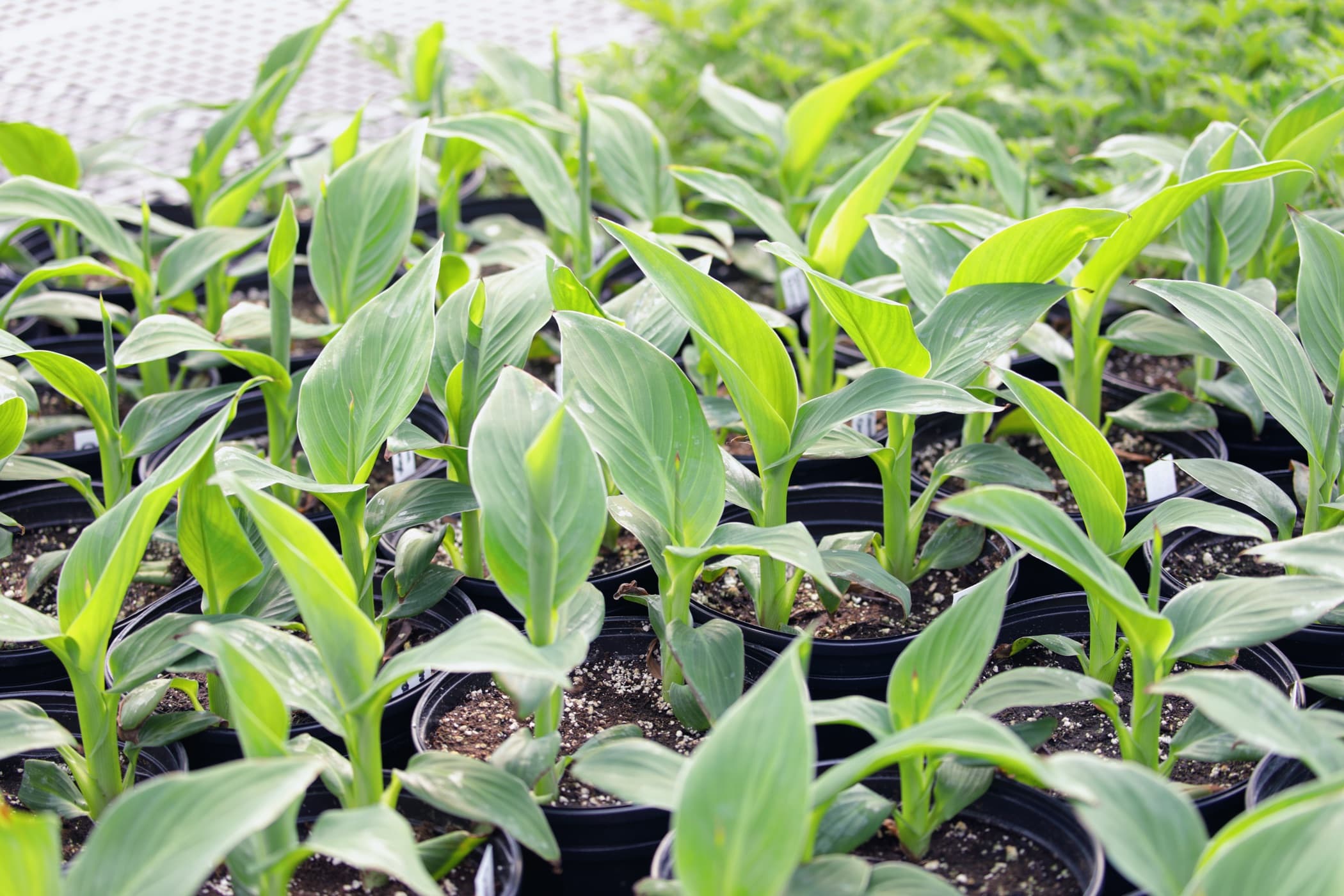

Garden Essentials
How Deep Should I Plant Canna Lily Seeds
Modified: March 16, 2024
Learn the proper planting depth for canna seeds in your garden to ensure successful growth and blooming.
(Many of the links in this article redirect to a specific reviewed product. Your purchase of these products through affiliate links helps to generate commission for Storables.com, at no extra cost. Learn more)
Introduction
Welcome, fellow garden enthusiasts! If you’re considering planting Canna seeds, you’ve come to the right place. The Canna plant, also known as Canna lily or Indian shot, is not only renowned for its stunning and vibrant flowers but also for its versatility in various gardening settings.
Before diving into the depths of how to plant Canna seeds, it’s important to understand the factors to consider while embarking on this gardening journey. By considering these factors, you’ll be well-equipped to create an optimal environment for your Canna plants to thrive.
Key Takeaways:
- Plant Canna seeds 1 inch deep in well-draining soil, ensuring they receive 6-8 hours of sunlight daily. Water moderately, provide frost protection, and watch them bloom into vibrant, tropical beauties!
- Care for Canna seedlings by watering consistently, fertilizing regularly, controlling weeds, providing support, and monitoring for pests and diseases. Enjoy the stunning flowers that add tropical charm to your garden!
Read more: How To Plant Canna Lily Seeds
Factors to Consider
When it comes to planting Canna seeds, several factors should be taken into account to ensure successful growth and development. These factors include:
- Climate: Canna plants thrive in warm climates with temperatures ranging from 65°F to 75°F (18°C to 24°C). It’s essential to consider your local climate and determine if it provides the ideal conditions for Canna seeds to germinate and grow.
- Soil Type: Canna plants prefer well-draining soil with a pH level between 6 and 7.5. The soil should be rich in organic matter, ensuring proper water retention while allowing excess moisture to drain away. Conduct a soil test to determine its composition and make any necessary amendments before planting.
- Sunlight: Canna plants require ample sunlight to thrive. They need a minimum of 6 to 8 hours of direct sunlight each day. Ensure that you choose a planting location that receives sufficient sunlight, especially during the growing season.
- Space: Consider the available space in your garden or containers for planting Canna seeds. These plants can grow quite large, both in terms of height and width, so providing adequate space ensures they have room to spread out without overcrowding other plants.
- Watering: Canna plants have moderate water needs. While they prefer consistent moisture, it’s crucial not to overwater them, as this can lead to root rot. Strike a balance by watering deeply and allowing the soil to dry slightly between waterings.
- Frost Protection: Canna plants are sensitive to frost and can be damaged or killed by freezing temperatures. If you live in an area prone to frost, consider planting your Canna seeds after the threat of frost has passed or providing protective coverings, such as mulch or frost cloth, during colder periods.
By considering these factors before planting your Canna seeds, you can create an environment that promotes healthy growth and thriving plants. Now, let’s delve into the appropriate depth for planting Canna seeds.
Depth of Planting
When it comes to planting Canna seeds, getting the depth right is crucial for their successful germination and growth. Planting Canna seeds at the correct depth ensures that they receive the optimal amount of moisture, warmth, and nutrients from the surrounding soil. Here are some guidelines to follow when determining the depth of planting:
- Recommended Depth: Canna seeds should be planted at a depth of approximately 1 inch (2.5 cm) in the soil. This depth provides the seeds with enough coverage to protect them while still allowing them to receive adequate moisture and warmth for germination.
- Soil Temperature: It’s important to consider the soil temperature when determining the planting depth. Canna seeds germinate best in soil temperatures that range between 70°F and 80°F (21°C and 27°C). Planting them too deep may delay germination as the soil at deeper levels tends to be cooler.
- Demonstrate Care: When planting Canna seeds, handle them with care to prevent damage. These seeds are relatively large and can be easily damaged if mishandled. Gently place the seeds in the soil at the recommended depth without applying excessive pressure.
By planting your Canna seeds at the appropriate depth, you provide them with the best chance to sprout and grow into healthy plants. Now, let’s move on to the steps involved in planting Canna seeds.
Plant canna seeds about 1/4 inch deep in well-draining soil. Water the soil after planting and keep it consistently moist until the seeds germinate.
Planting Canna Seeds
Now that you have a good understanding of the factors to consider and the appropriate depth for planting Canna seeds, let’s dive into the steps involved in planting them:
- Prepare the Soil: Start by preparing the planting area. Ensure the soil is well-draining and has been amended with organic matter for added nutrients. Remove any weeds or debris from the area to create a clean planting space.
- Sow the Seeds: Using your finger or a small trowel, create small holes in the soil at the recommended depth of around 1 inch (2.5 cm). Place the Canna seeds in the holes, one seed per hole, and cover them gently with soil, pressing lightly to ensure good seed-to-soil contact.
- Watering: After planting the Canna seeds, thoroughly water the planting area. This helps settle the soil around the seeds and provides them with the initial moisture they need for germination.
- Provide Proper Care: Place a layer of mulch around the seedlings to help retain moisture and suppress weed growth. Water the seedlings regularly, keeping the soil consistently moist but not soggy. As the plants grow, provide support in the form of stakes or cages to keep them upright.
- Monitor Growth: Keep a close eye on the growth of your Canna seedlings. They should start to emerge from the soil within 1 to 2 weeks. If necessary, thin out the seedlings by removing weaker plants, allowing the strongest ones to thrive.
- Transplanting: Once the seedlings have grown larger and the risk of frost has passed, consider transplanting them to their final location in the garden. Choose a sunny spot with well-draining soil, ensuring there is enough space for the mature size of the Canna plants.
With these steps, you can effectively plant your Canna seeds and set them up for healthy growth. But the journey doesn’t end there – caring for Canna seedlings is equally important.
Caring for Canna Seedlings
Once your Canna seedlings have emerged and are growing strong, it’s essential to provide them with the proper care to ensure their continued health and vitality. Here are some key aspects to consider when caring for your Canna seedlings:
- Watering: Canna plants thrive in consistently moist soil. Water your seedlings regularly, aiming to keep the soil evenly moist but not waterlogged. The frequency of watering will depend on various factors such as the temperature and rainfall in your area.
- Fertilization: Canna plants are heavy feeders and benefit from regular fertilization. Apply a balanced, slow-release fertilizer or a liquid fertilizer formulated for flowering plants during the growing season. Follow the package instructions for application rates and frequency.
- Weeding: Keep the area around your Canna seedlings free from weeds. Weeds compete for nutrients, water, and sunlight, which can hinder the growth of your Canna plants. Regularly check and remove any weeds that appear near your seedlings.
- Support: As your Canna plants grow taller, they may need support to keep them upright. Install stakes or cages around the plants to prevent them from bending or breaking under their own weight or during strong winds. Tie the stems gently to the support structure using soft plant ties to avoid damage.
- Pruning: Canna plants generally do not require extensive pruning. However, you can remove any dead or yellowing leaves to maintain a tidy appearance. Pruning can also help improve airflow around the plants, reducing the risk of disease.
- Pest and Disease Control: Keep an eye out for common pests such as aphids, slugs, and snails, as well as diseases like leaf spot or rust. If any issues arise, promptly take measures to control the pests or diseases to prevent further damage to your Canna seedlings.
By providing adequate water, regular fertilization, weed control, support, and monitoring for pests and diseases, you can ensure that your Canna seedlings grow healthy and produce beautiful flowers.
Read more: How Deep Should Seeds Be Planted
Conclusion
Congratulations on learning the ins and outs of planting and caring for Canna seedlings! By considering the factors such as climate, soil type, sunlight, space, watering, and frost protection, you lay the foundation for successful growth. Planting Canna seeds at the recommended depth of 1 inch and following the steps of soil preparation, sowing the seeds, watering, and providing proper care will give your seedlings the best chance to flourish.
During the growth process, remember to water consistently, fertilize regularly, control weeds, provide support, and monitor for pests and diseases. With proper care, your Canna seedlings will grow into breathtaking plants, adorned with vibrant and captivating flowers.
As you immerse yourself in the world of Canna gardening, don’t forget to appreciate the beauty and versatility that these plants bring to any garden space. Whether you choose to grow them in containers or in the ground, Canna plants can add a touch of tropical charm and color to your outdoor oasis.
Now, armed with this comprehensive knowledge, go forth and plant those Canna seeds with confidence and excitement. Watch as your garden transforms into a haven of beauty and marvel at the incredible blooms that these plants offer. Happy gardening!
Frequently Asked Questions about How Deep Should I Plant Canna Lily Seeds
Was this page helpful?
At Storables.com, we guarantee accurate and reliable information. Our content, validated by Expert Board Contributors, is crafted following stringent Editorial Policies. We're committed to providing you with well-researched, expert-backed insights for all your informational needs.
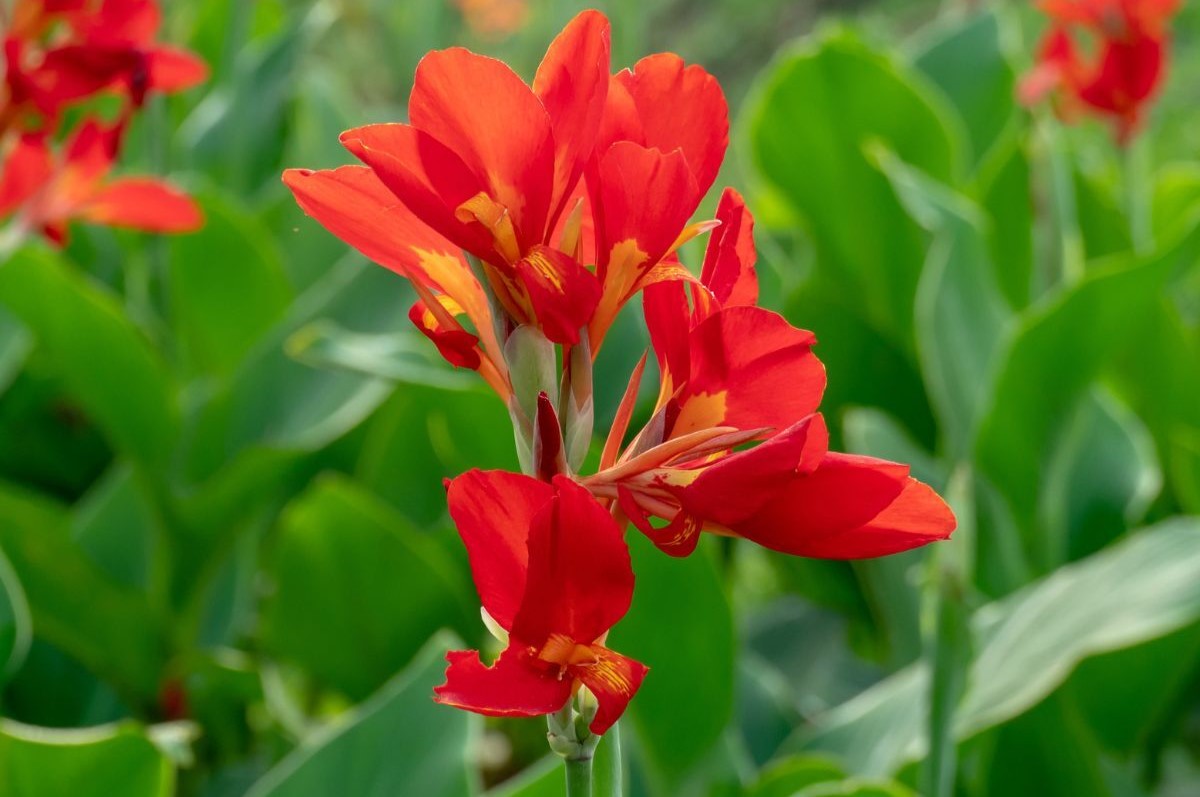
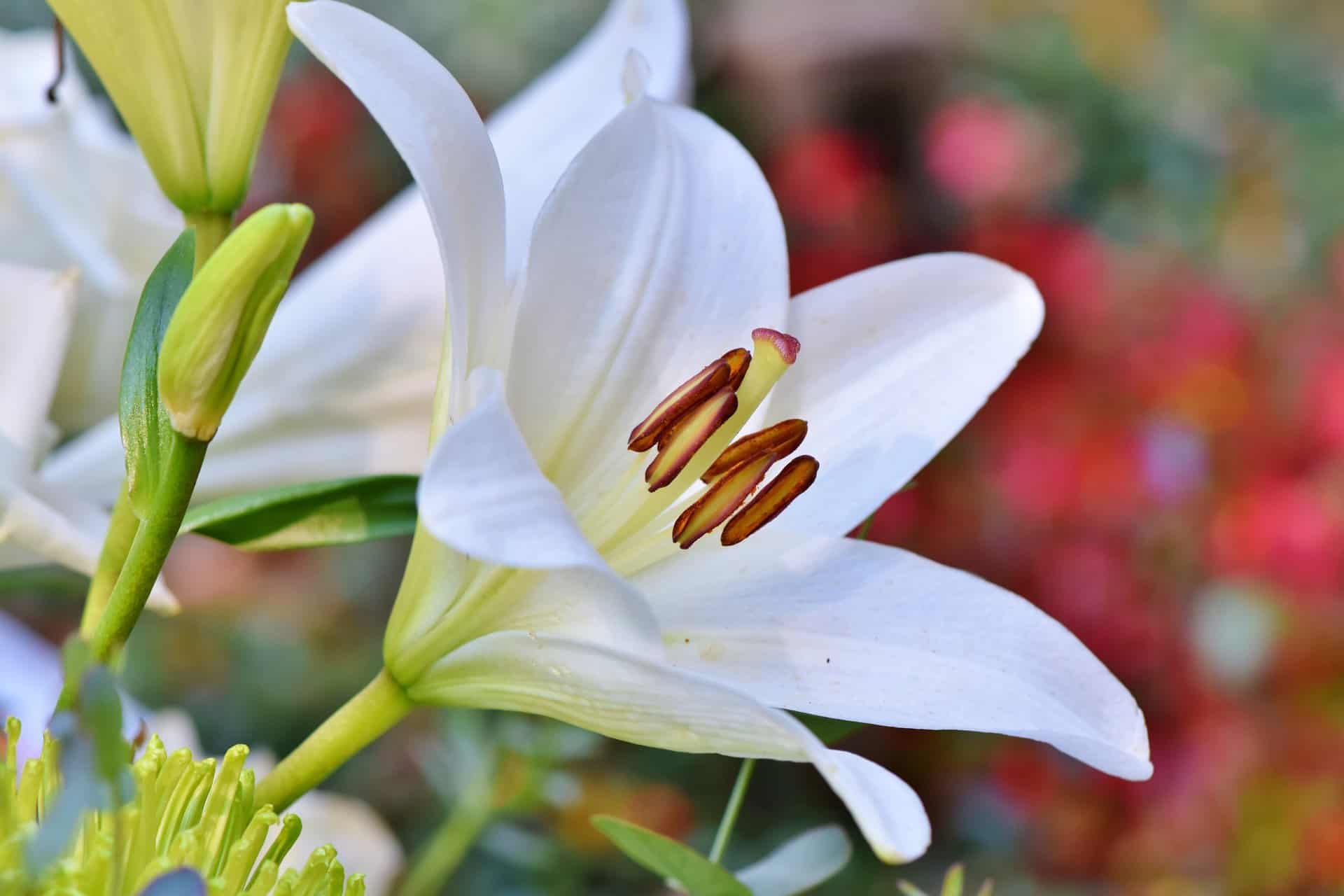
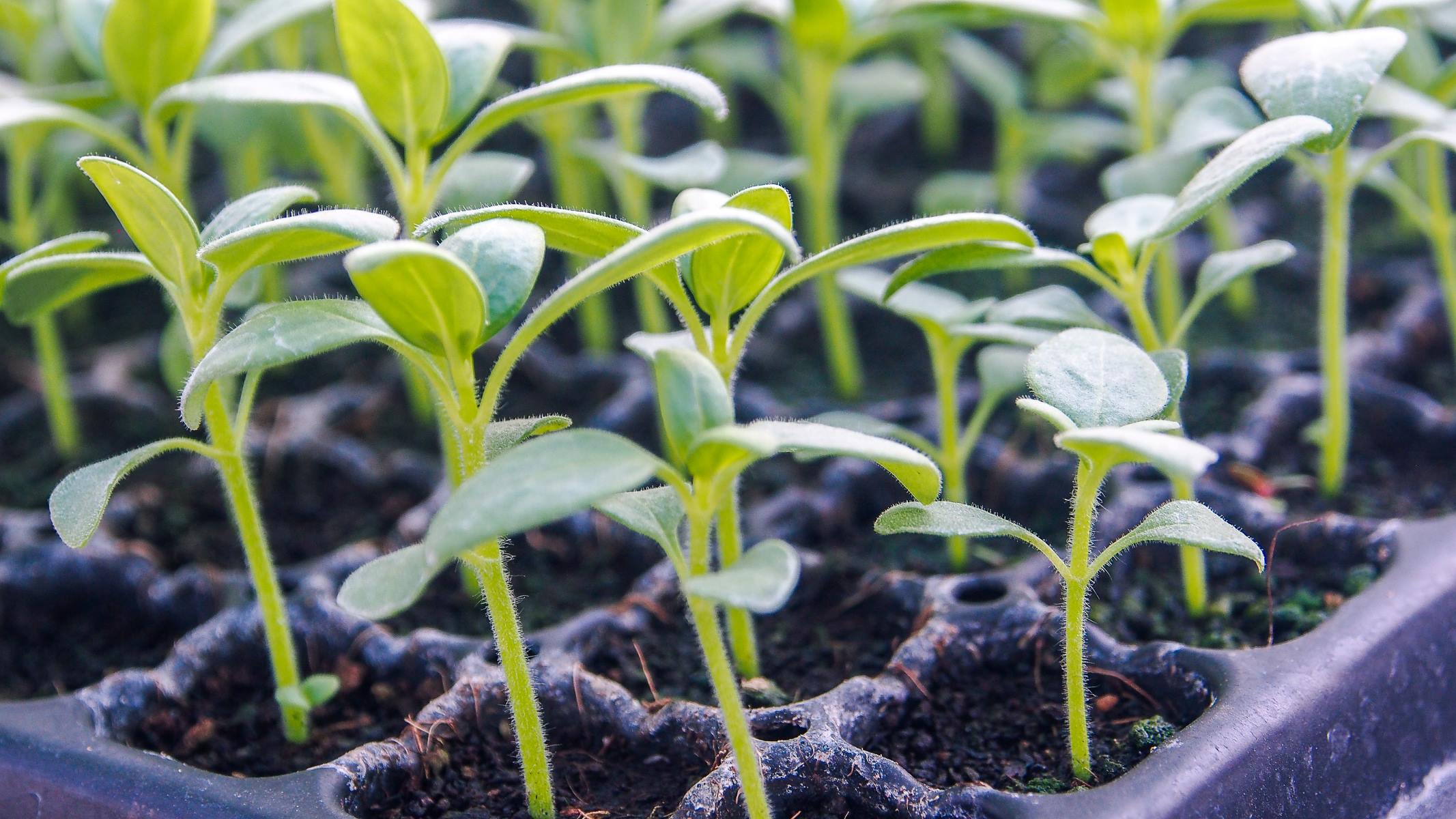
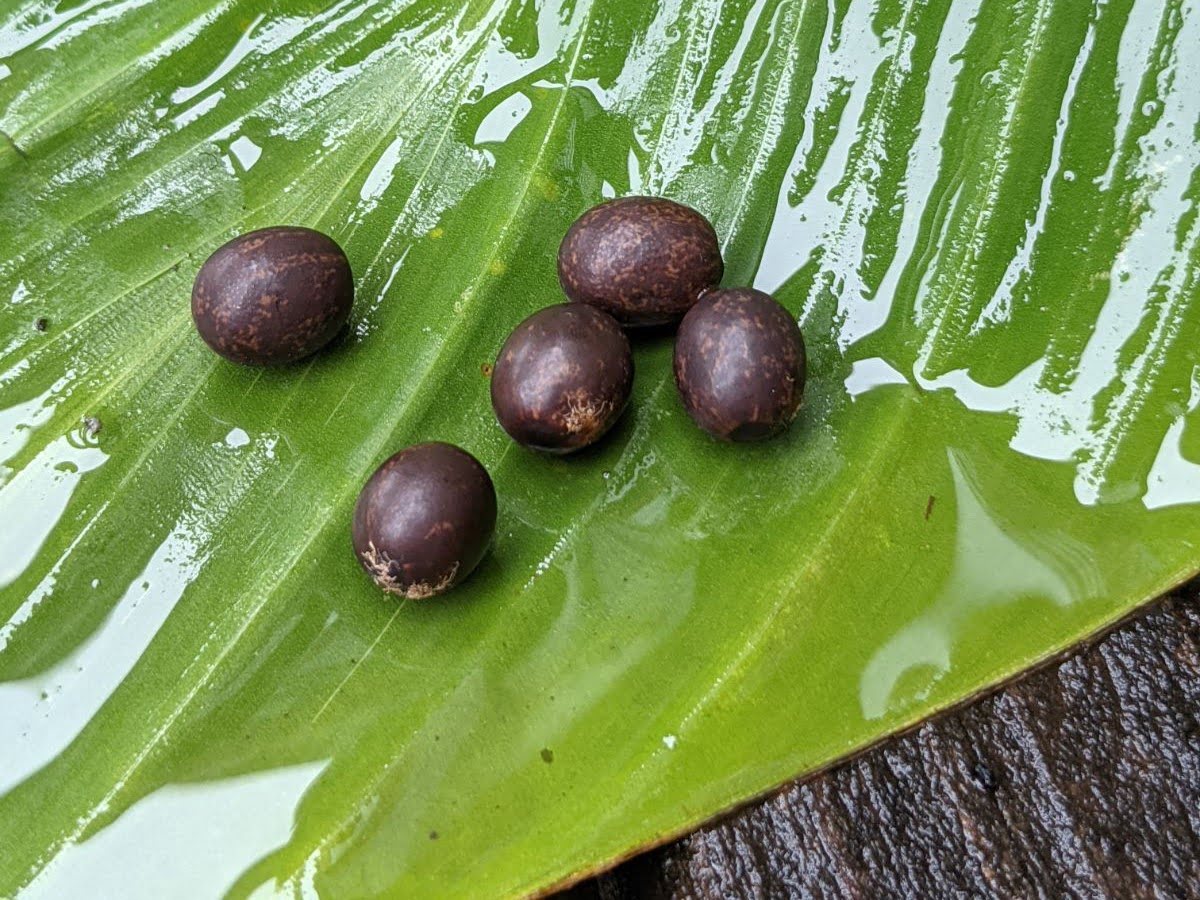
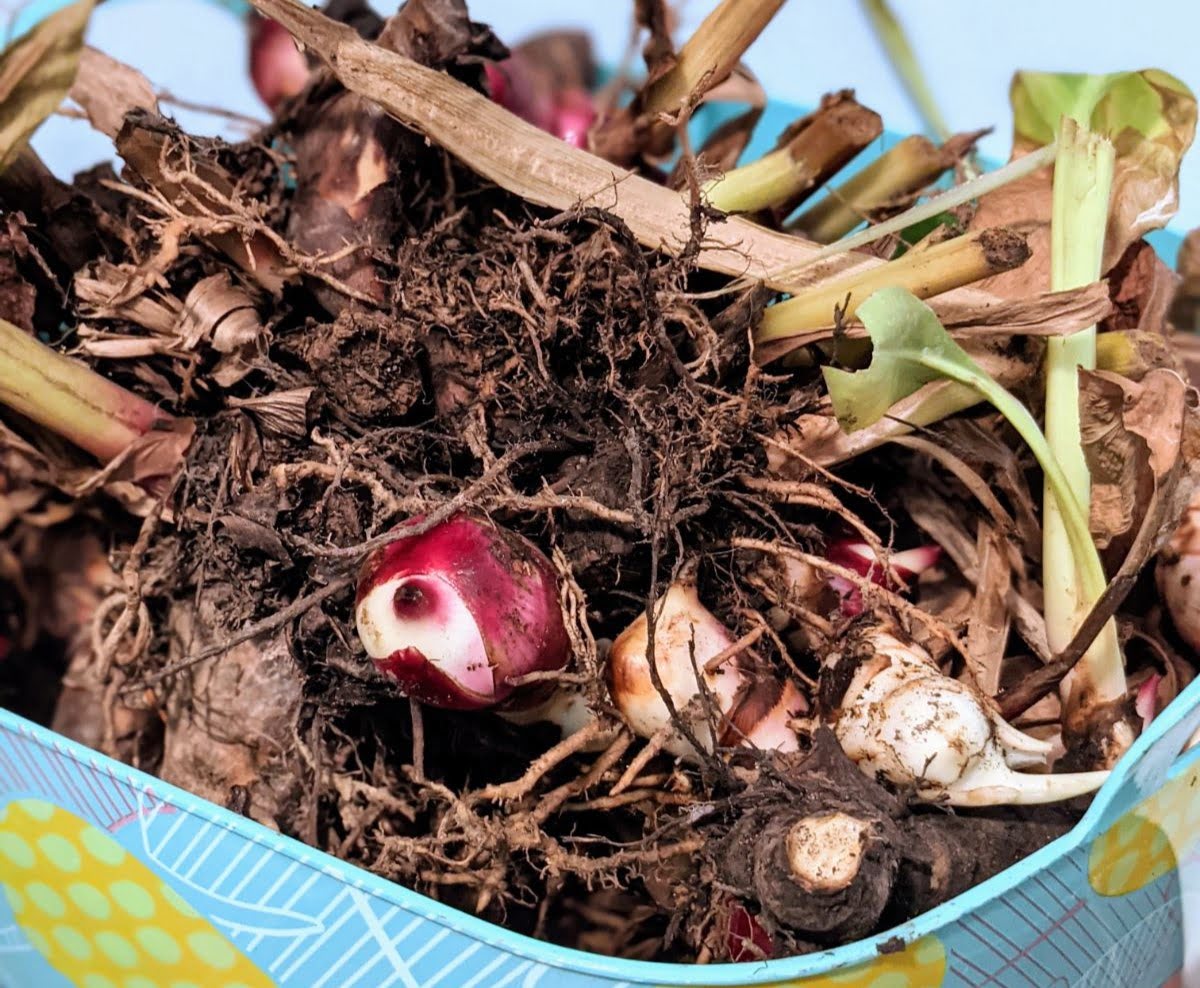
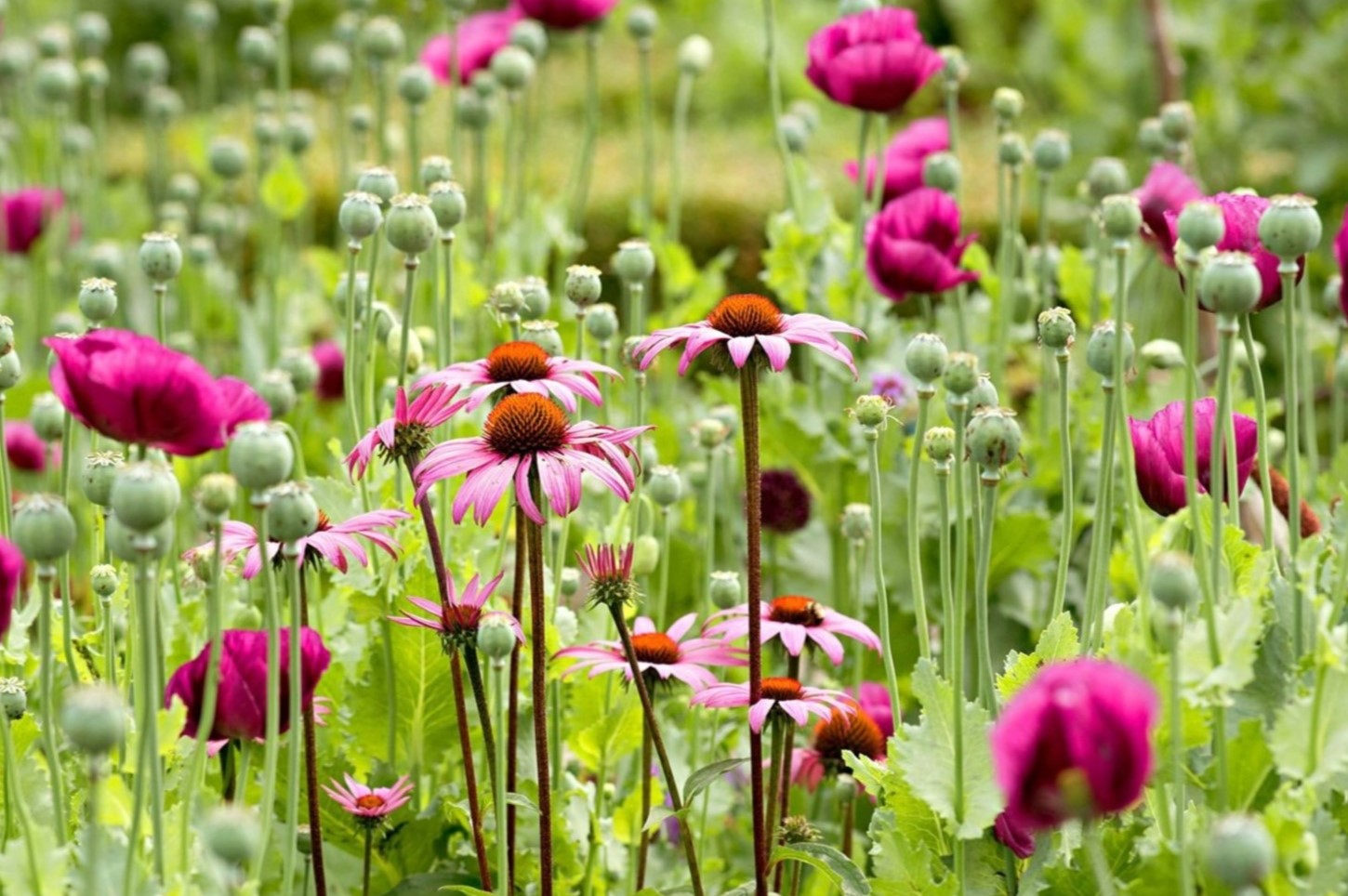
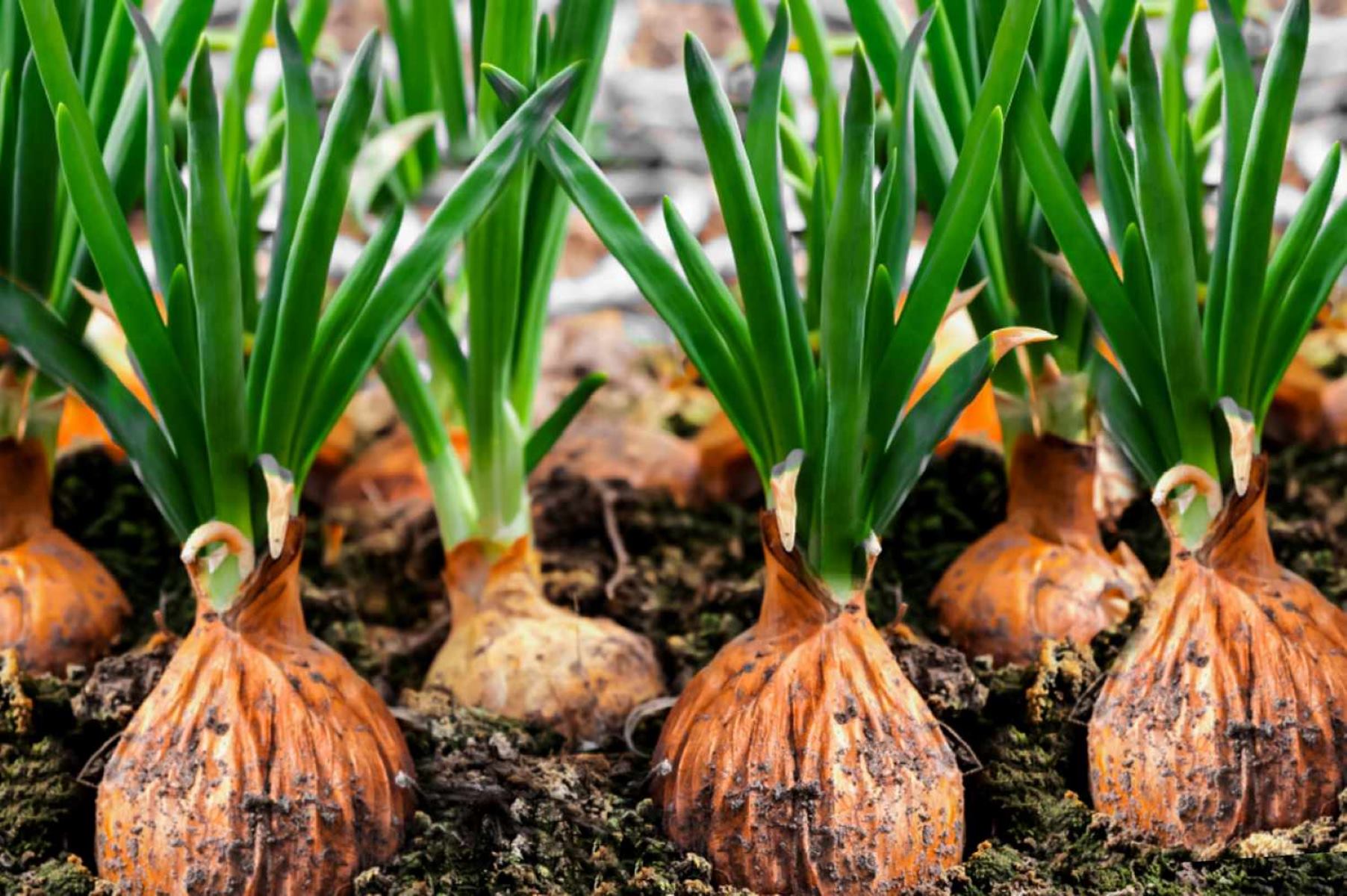
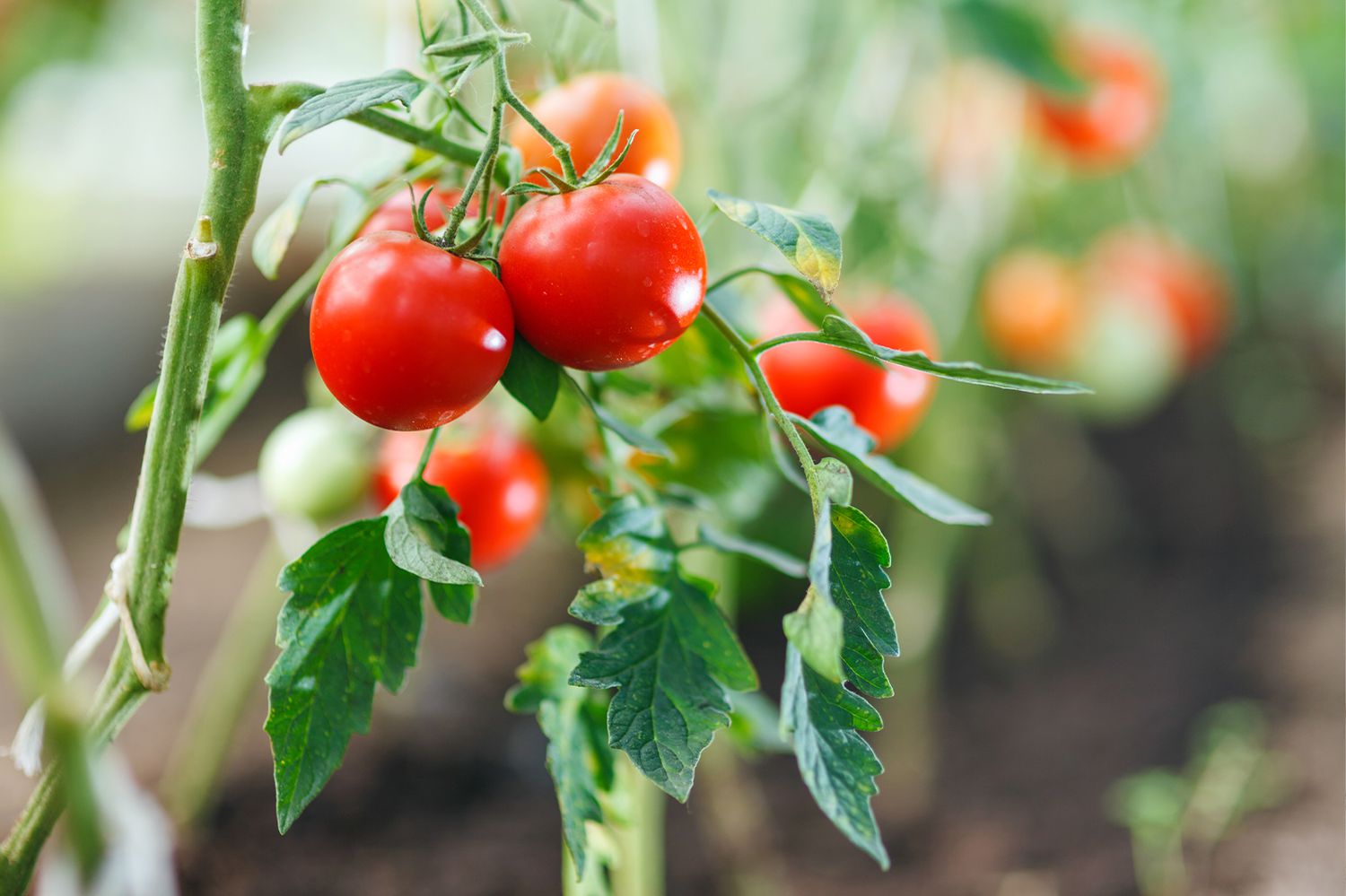
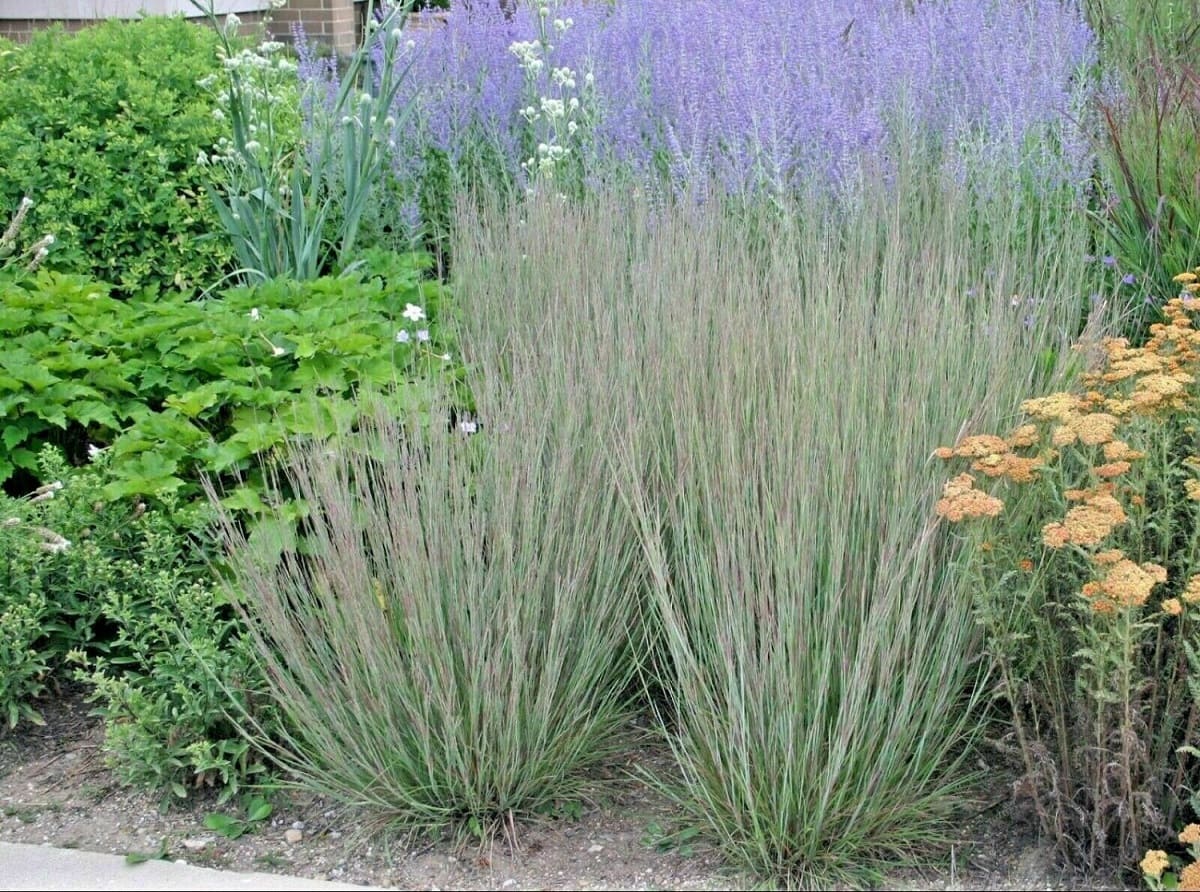
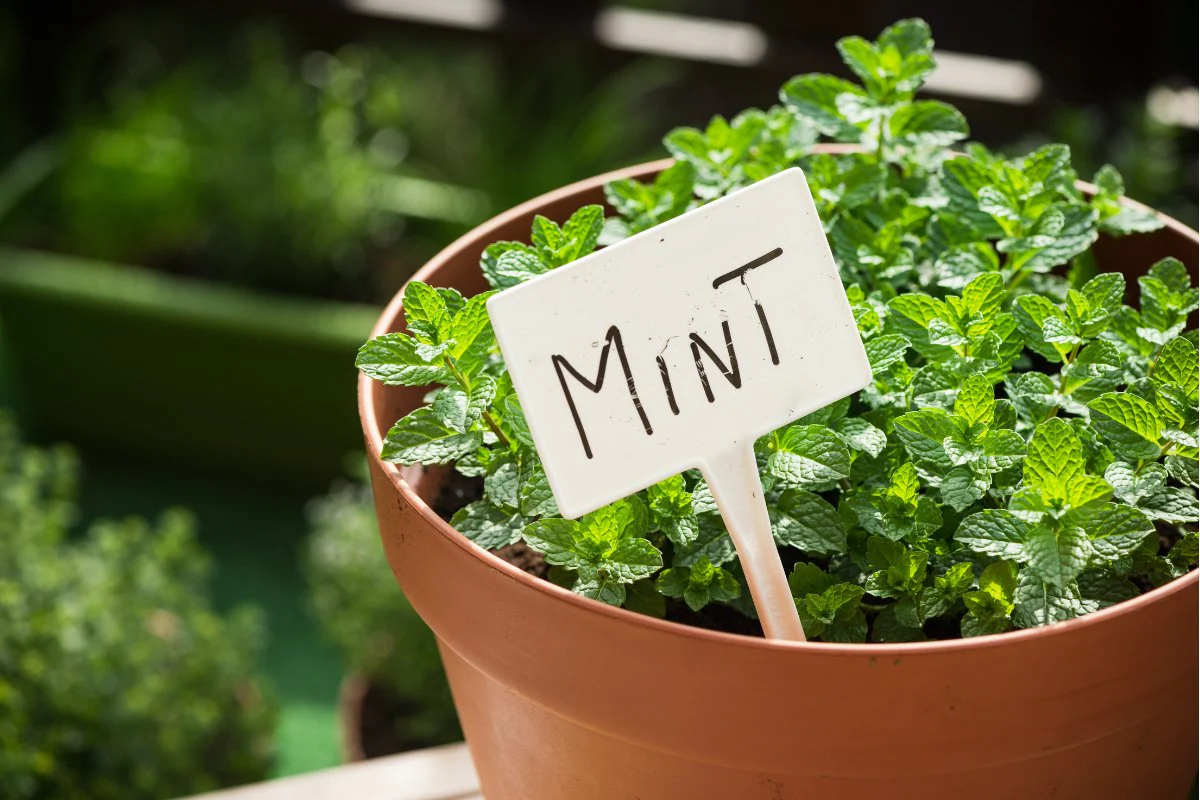
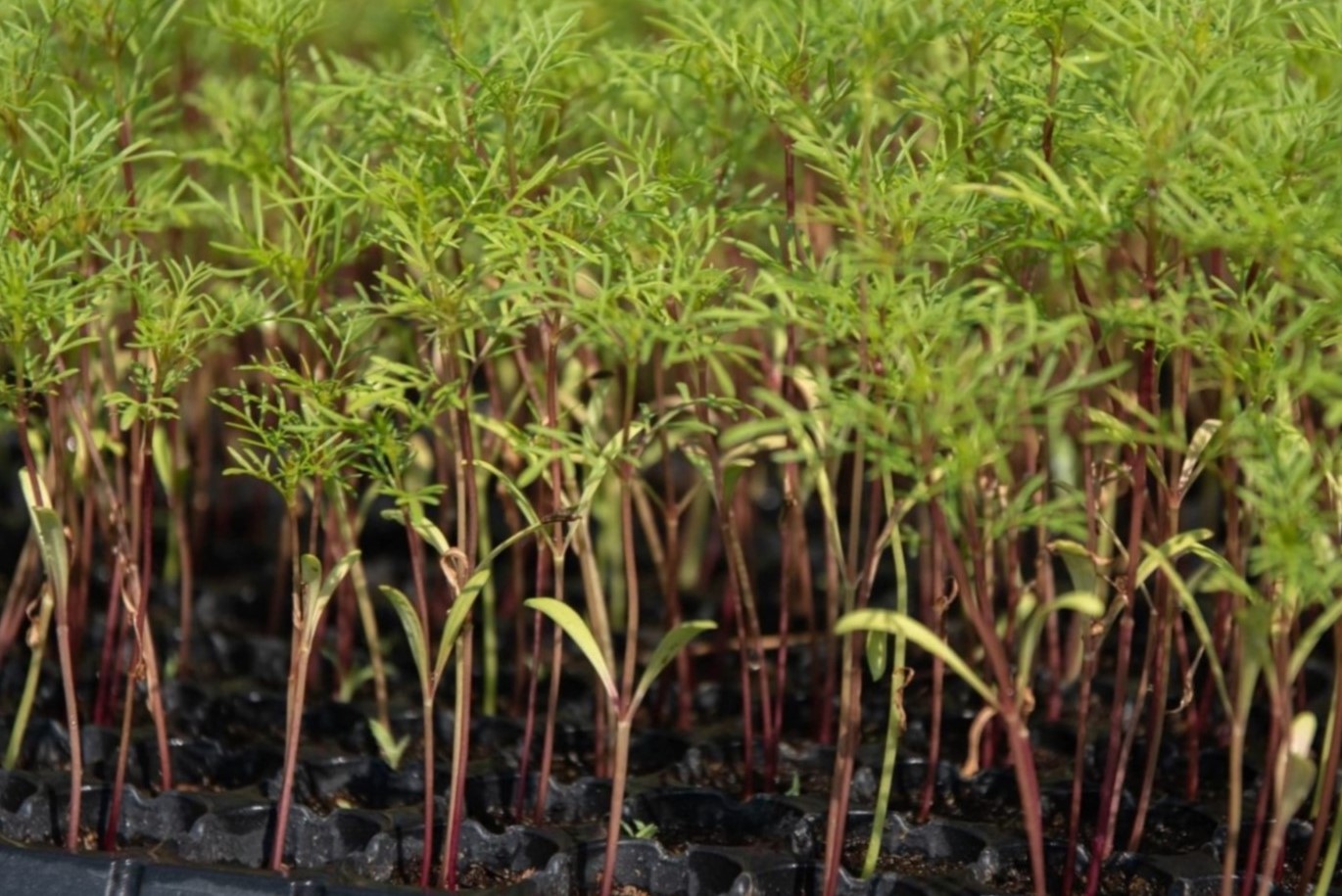
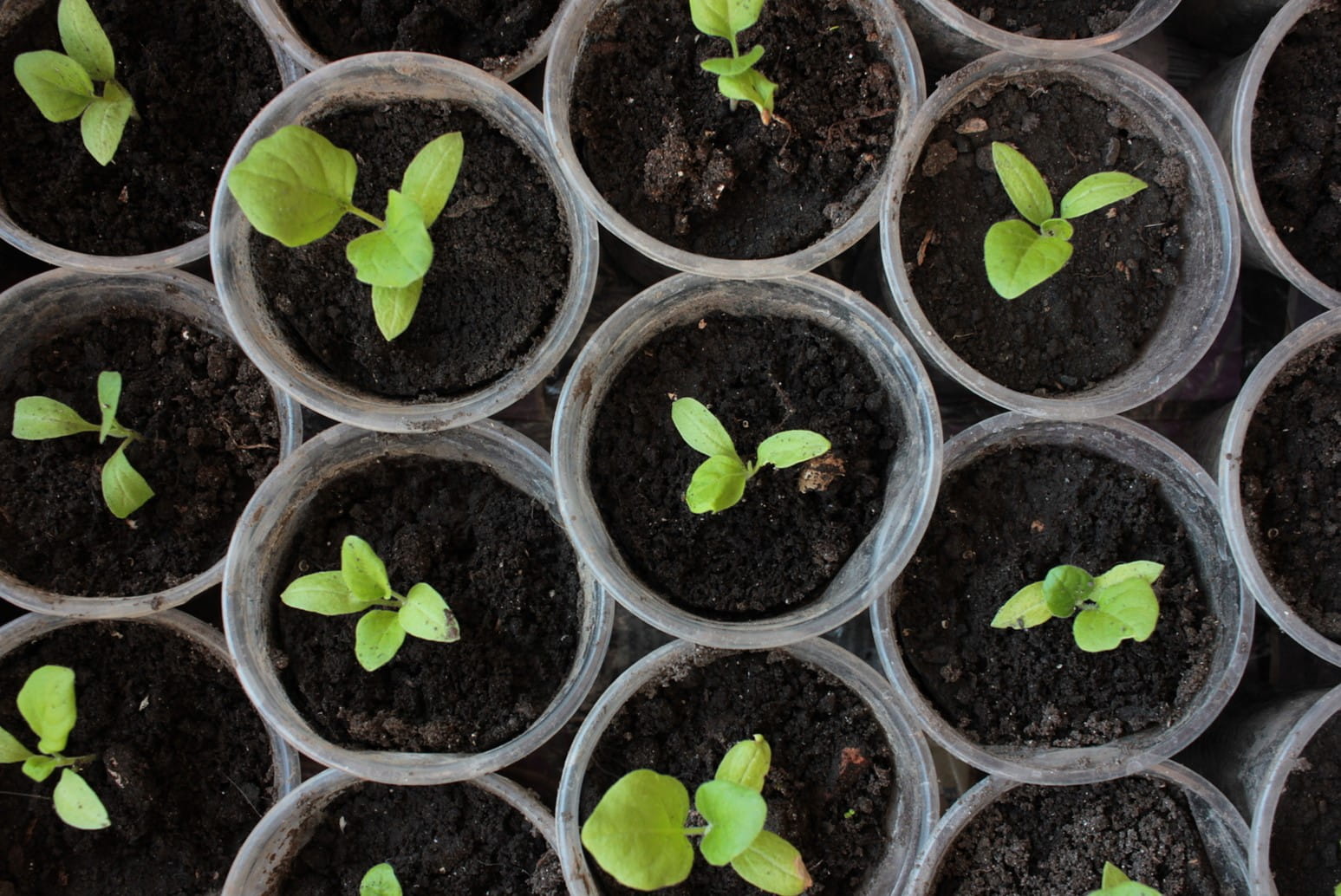
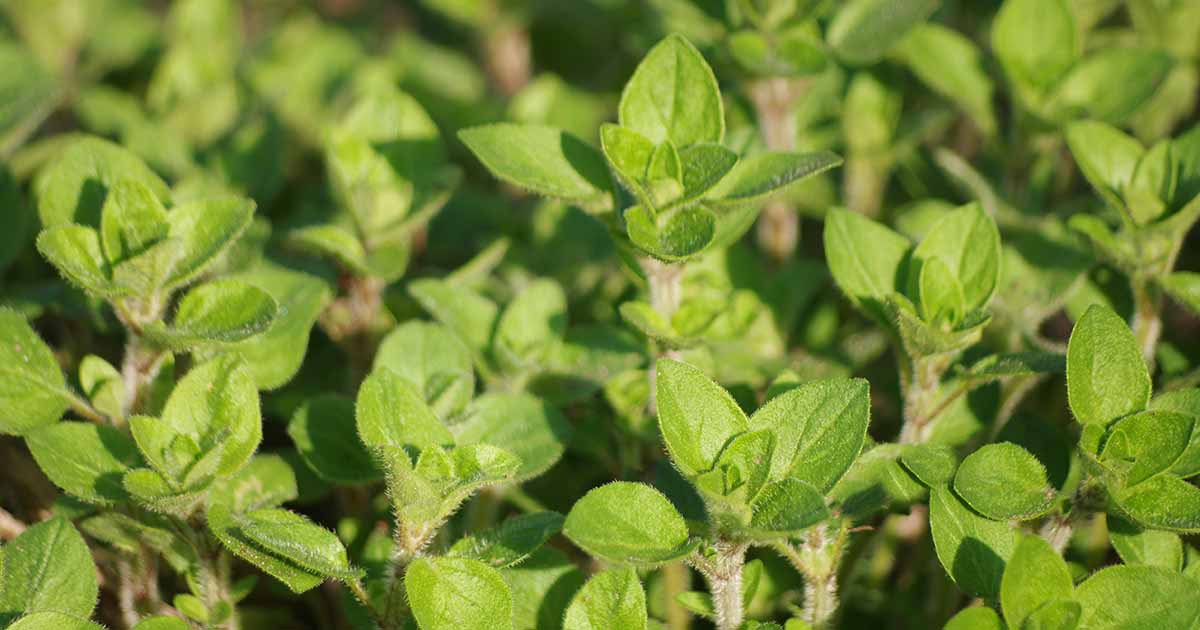


0 thoughts on “How Deep Should I Plant Canna Lily Seeds”